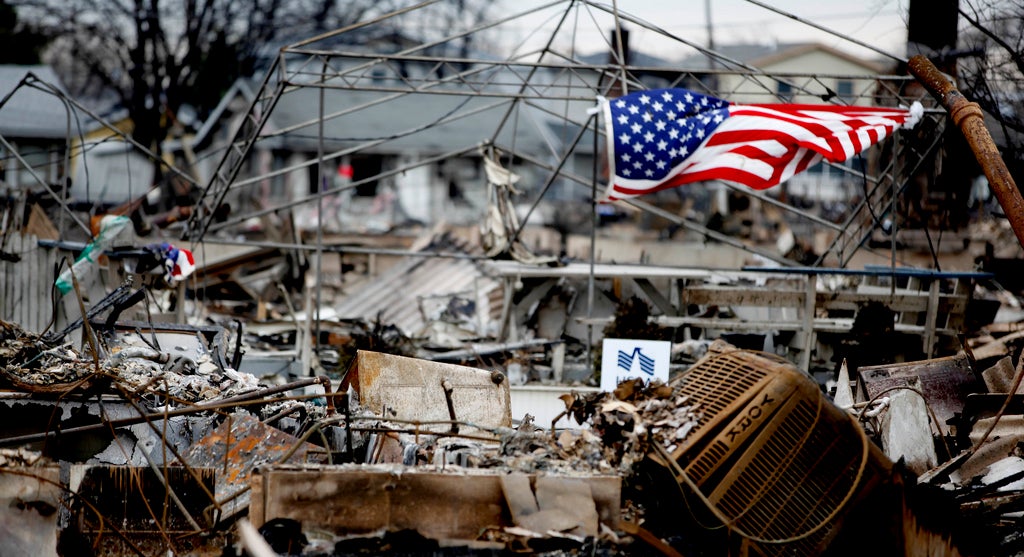Four States, Four Projects, One Mission: Collectively Enhancing Mental and Behavioral Health Capacity Throughout the Gulf Coast
- Journal of Public Health Management & Practice
- Jennifer Langhinrichsen-Rohling, Howard Osofsky, Joy Osofsky, Glenn Rohrer, and Timothy Rehner
- 2017
“Context: The 2010 Deepwater Horizon oil spill triggered numerous concerns regarding the health and well-being of citizens within the already vulnerable Gulf Coast region. Four Mental and Behavioral Health Capacity Projects (MBHCPs) united to form the Quad-State MBHCP component of the Gulf Region Health Outreach…











